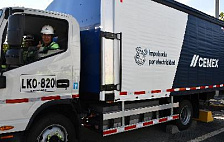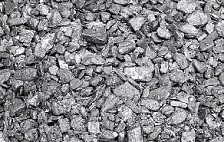India's cement industry is unable to compete in the overseas markets owing to duty-free imports of the commodity in the country coupled with the duties that domestic producers need to pay for raw materials, the PHD Chamber of Commerce and Industry (PHDCCI) has conveyed to the commerce and industry ministry. The industry body has demanded a reciprocal import duty, along with a correction in the inverted duty structure.
The PHDCCI said the government should levy at least 40 % import duty and either restrict or ban exports of all raw materials, including limestone, steel slag and fly ash.
India is currently the second largest producer as well as consumer of cement, with manufacturing capacity of a little under 600 million tonnes per annum. Most players in the industry are adding capacities as they expect demand to remain robust over the next few years. While cement can be freely imported into India, neighbouring countries Nepal and Bangladesh impose duties of at least 25%. Additionally, while limestone, steel slag and fly ash are exported duty-free to these countries, domestic producers pay import duties for raw materials such as coal, pet coke and gypsum. "As a result, cement from Bangladesh and other neighbouring countries is dumped in India, whereas Indian cement becomes uncompetitive in Bangladesh and other neighbouring country's markets," said the PHDCCI letter.
As many as 17 companies from Bangladesh have eroded a part of the Northeast Indian market, and are now turning their attention to the eastern markets, the industry body said. India's Northeast region currently has a production capacity of around 16 million tonnes per annum, with consumption of 10-12 million tonnes a year. The PHDCCI said "despite having the production capacities the domestic industries produce less because of imports from Bangladesh and free exports of raw materials to neighbouring countries".
The cement sector in the region is currently operating at a capacity utilisation of around 60 %, which is less than the average utilisation of close to 70 % across the country, with some large players utilising as much as 90 % of their capacities.








